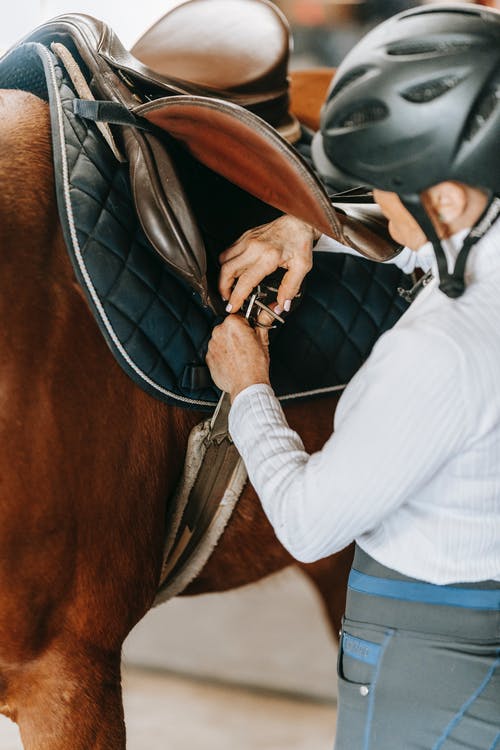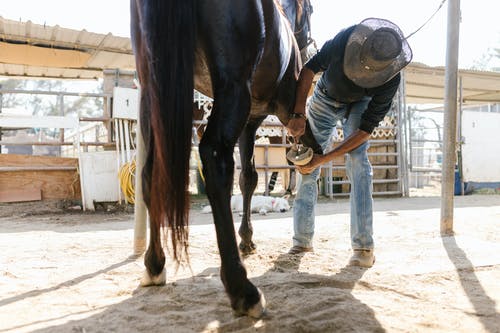In recent years, glue-on horseshoes have gained popularity as an alternative to traditional nailed-on horseshoes. These innovative hoof care solutions offer numerous benefits, including improved traction, reduced stress on the hoof wall, and enhanced flexibility. In this article, we will explore the world of glue-on horseshoes, examining their construction, application process, and advantages for both horse and farrier. From understanding the materials used to evaluate their suitability for different equine activities, we will delve into the modern approach of using glue-on horseshoes for optimal hoof health and performance.
Glue-on horseshoes are typically made from composite materials, such as polyurethane or rubber, which provide flexibility, shock absorption, and durability. These materials offer advantages over traditional metal shoes, as they can be moulded and shaped to fit the contours of the hoof. The shoes often feature integrated tabs or flanges that provide a secure bonding surface for the adhesive.Applying glue on horseshoes requires skill and precision. The hoof must be thoroughly cleaned and trimmed before the shoe is applied. The farrier or hoof care professional selects the appropriate size and shape of the glue-on shoe and prepares it for bonding. Adhesive materials, specifically designed for equine use, are applied to both the hoof and the shoe. The shoe is then carefully positioned and held in place until the adhesive sets. The process requires attention to detail and consideration of the horse’s comfort and hoof conformation.

Glue-on horseshoes offer several advantages over traditional nailed-on shoes. Firstly, they distribute the weight and pressure more evenly across the entire hoof, reducing stress on the hoof wall and promoting better hoof health. This can be particularly beneficial for horses with weak or compromised hooves. Additionally, the flexible nature of the materials used in glue-on shoes allows for natural movement and expansion of the hoof, enhancing overall comfort and reducing the risk of hoof-related issues.
Glue-on horseshoes often feature specialized tread patterns or traction elements that provide superior grip and traction on different surfaces. This is especially important for horses engaged in disciplines such as eventing, endurance riding, or trail riding, where secure footing is crucial. The enhanced traction can help improve performance, confidence, and safety for both the horse and rider.

Glue-on horseshoes offer versatility and adaptability for a range of equine needs. They can be customized to suit individual horses with unique hoof conformation or specific hoof issues. Glue-on shoes are available in various shapes and sizes, allowing for a tailored fit to accommodate different hoof shapes and sizes. The adaptability of glue-on shoes also extends to therapeutic applications, as they can provide additional support and protection for horses recovering from injuries or hoof-related conditions.
While glue-on horseshoes offer many benefits, there are some considerations and limitations to be aware of. The application process requires proper skill and knowledge, so it is important to work with a qualified farrier or hoof care professional experienced in glue-on shoeing. Glue-on shoes may not be suitable for all horses or all hoof conditions, and some horses may require alternative hoof care options. The longevity of glue-on shoes can vary depending on factors such as the horse’s activity level, terrain, and overall hoof health. Regular monitoring and maintenance are necessary to ensure the shoes remain secure and effective.









